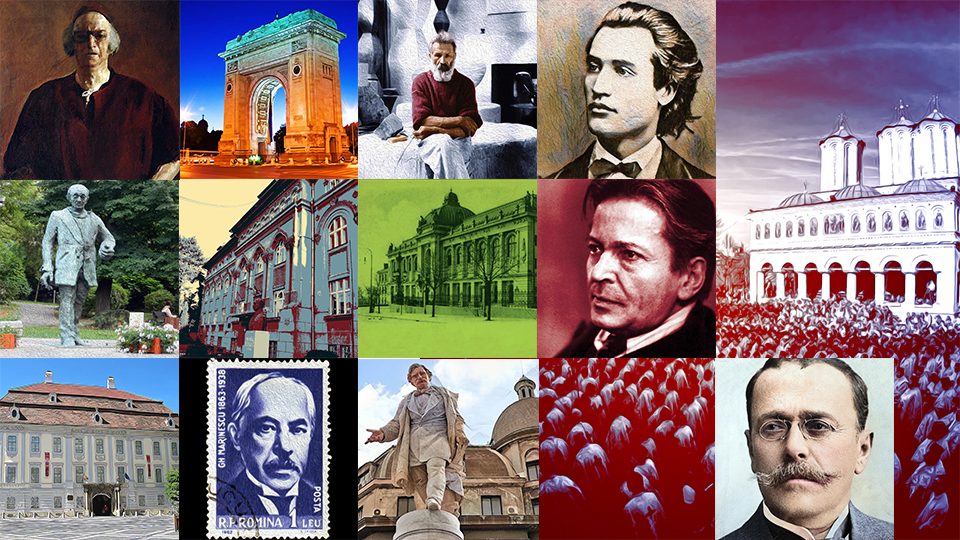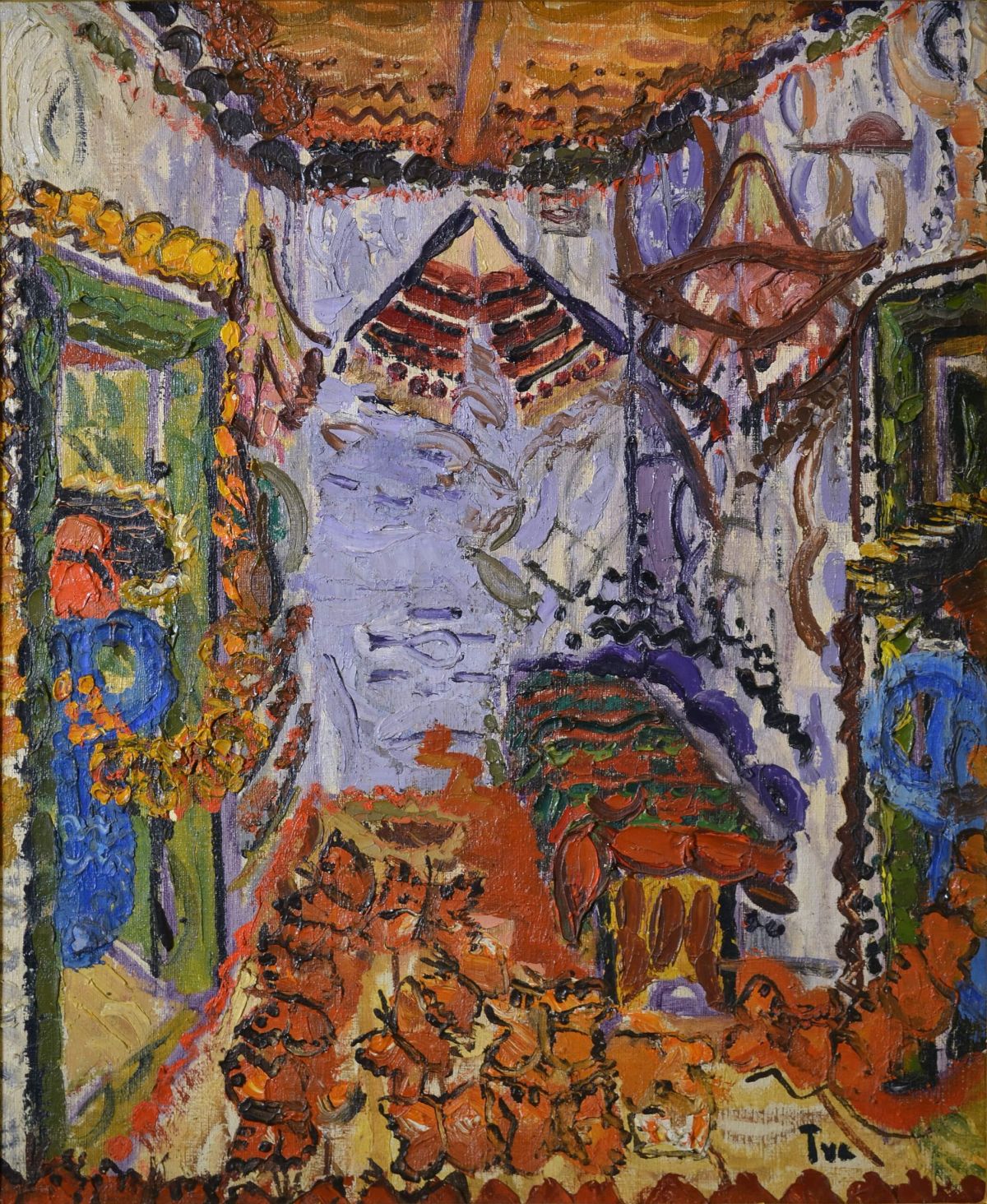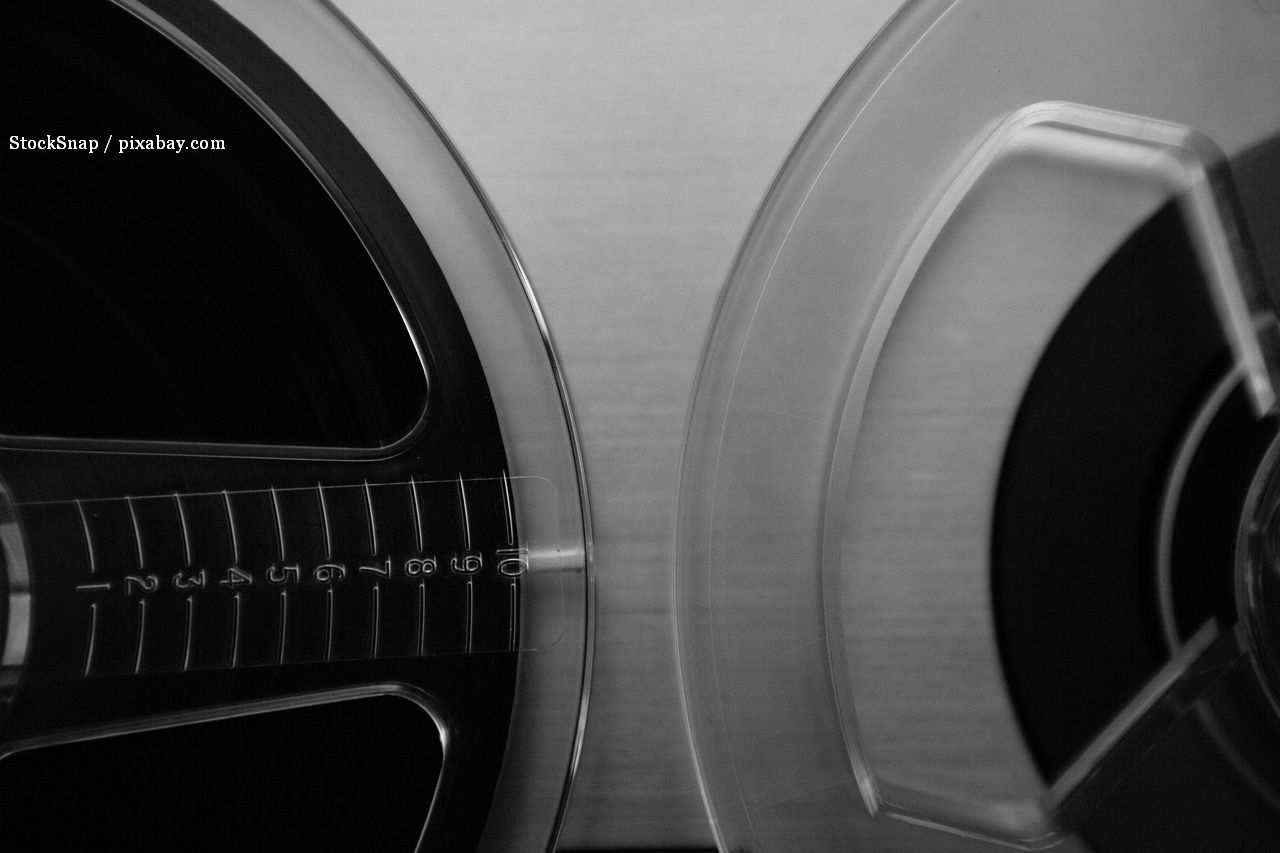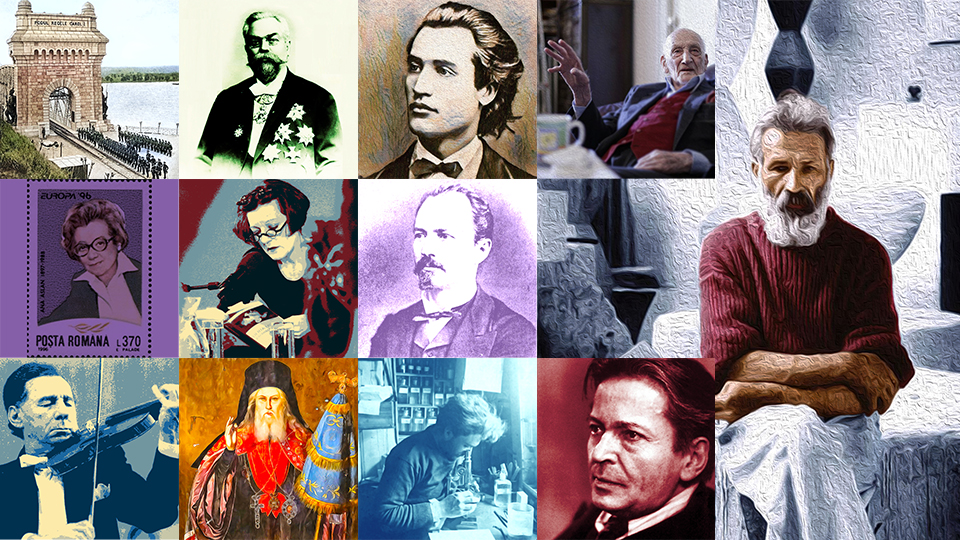The Cerchez family of architects
A distinguished family of architects that shaped Romanian capital city's architecture in the 19th century.

Eugen Nasta, 12.10.2024, 14:00
We’re more likely to come across the name of Cerchez, in the history of Romanian architecture, than other names of architects. The name of Cerchez family of architects stems from three families of Armenian origin. Bearing this name were no less than five major architects. Not only were they artists, but also, hey were men of their times: the brothers Grigore P. Cerchez and Nicolae P. Cerchez, brothers Grigore G. Cerchez and Artaxerxe Cerchez and their fifth brother, Hristea Cerchez.
Speaking about the two pairs of brothers, here is professor with the Ion Mincu Architecture and Urbanism University and president of the Architects’ Union of Romania, Ileana Tureanu.
” Brothers Grigore and Nicolae Cerchez were born in mid-19th century, that is in 1850. They did their studies in France, in Paris, and founded the Society of Romanian Architects in 1891. In other words, they are some of the founding fathers of national architecture. Everybody mentions Grigore Cerchez’s name when they refer to the Palace of the Architecture School. Yet not everybody knows that Grigore P. Cerchez is Bucharest Municipality’s chief engineer over 1874 and 1879 and he is the one who drew up all the plans and took the entire action for the systematization of Dambovita River in Bucharest.
He is the author of the first systematization plan for the city of Bucharest, in 1833. So he came after he had schools built, he laid the foundation of a scientific and systematic development of the city of Bucharest. He became director of Romanian Post and in that capacity, he brought specialized architects in the field, such as Alexandru Clavel of France. He brought younger colleagues and friends and he had Romanian Post headquarters built in all of Romania’s major cities. Quite a few of Romanian Post buildings were built under his supervision. They are blueprint projects, projects that were tailored to this or that urban context. For the second half of the 19th century, we’re speaking about an urban vision in its own right.”
The first generation of the Cerchez brothers significantly involved in the modernization of Bucharest and in its transformation from a utterly oriental city into a city that was close to the European standards. Ileana Tureanu once again.
”In the field of monuments restoration, he is the one who created the Romanian scientific doctrine. ‘The principle that guided me’, he used to say, was to preserve the building just as I’d found it, consolidating it and restoring it, bringing it to the shape it had when it was built, disposing of all the parts that were unskilfully added. Against a backdrop when Andre Lecomte du Noüy’s principles were totally different regarding the historical monuments, Grigore Cerchez laid the foundation of restoration.
Grigore Cerchez’s brother was Nicolae P. Cerchez, a year younger, both born in Moldova, in Vaslui County, who was also a very important figure in the era. He went towards political involvement and social involvement. He was a deputy in Parliament, he was a senator, and he was able to help his brother complete the programs I mentioned. He was the vice-president of the Romanian Automobile Club at the beginning of the 20th century, and took care of public spaces. He was also an entrepreneur. At the Royal Palace he designed the exterior arrangements, he designed the School of Veterinary Medicine and the Agricultural Pavilion for the exhibition of 1906, a building that received awards.”
The second pair of Cerchez brothers was no less determined to continue the modernization. Another Gregory and his brother Artaxerxes wrote history. Ileana Tureanu:
“The second family was also Cerchez. We don’t have any data that they were related, but it was probably something. After 20 years, another Grigore Cerchez appears, Grigore G. Cerchez, also the brother of Arta Cerchez. The two brothers did not go to school in France, like the first ones, but in Germany, in Karlsruhe. Both one and the other, but especially Grigore G. Cerchez, were, in parallel with design and execution, involved in the public square, held public functions at City Hall, and were present in all major city development initiatives, starting with coordination of the 1906 exhibition in Carol Park. Grigore’s brother was Arta Cerchez, who made a less neo-Romanian architecture.
He started the Eforie Casino and the Movilă Casino in Techirghiol. It was a modern and powerful architecture. He also designed the racetrack. Arta Cerchez won the Sanitary Merit award, first class, for the buildings made in the Carmen Sylva resort. He was, in a way, an initiator of spa resorts.
He is the one who initiated the study for the history of Romanian architecture. He was extremely vehement. His articles in Architecture Magazine can be picked up and reread today, and are just as valid, powerful and incisive. And one of the reasons why Arta Cerchez considered that Romanian architecture was adrift is that the history of Romanian architecture is not known. And then, he made the decision to launch a national competition for the writing of the history of Romanian architecture, and he would pay the winner out of public money.”
The fifth Cerchez, Hristea or Cristofi, also left his mark on Bucharest, a representative building built by him being Vila Minovici, located in the north of the city.





























